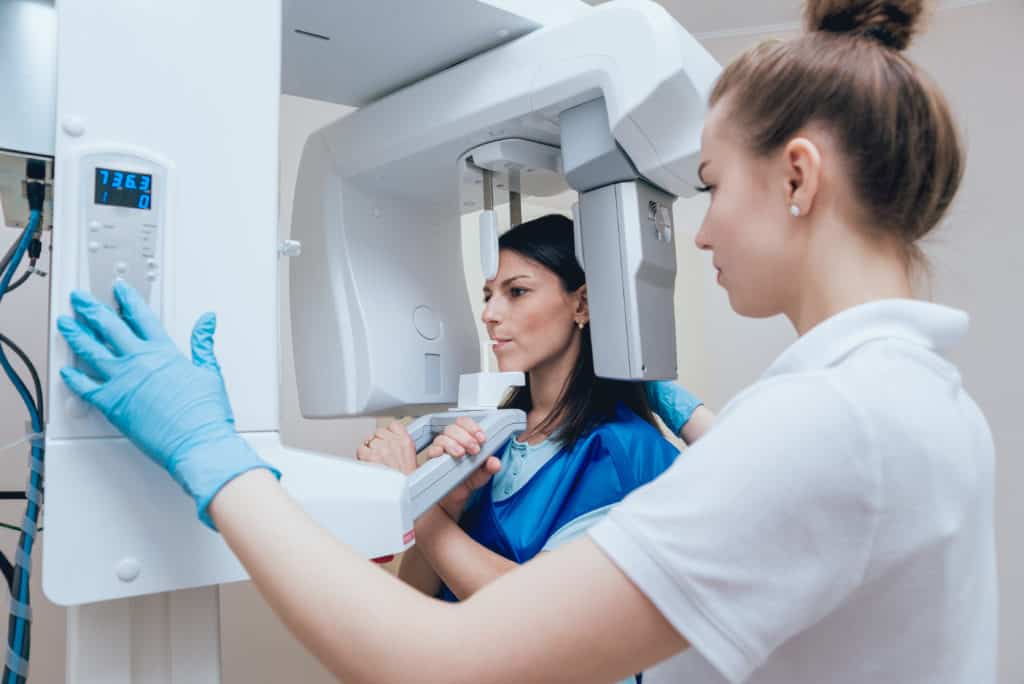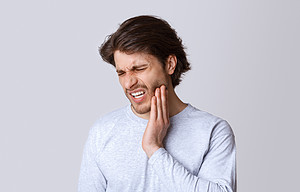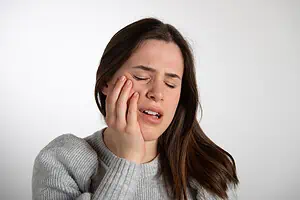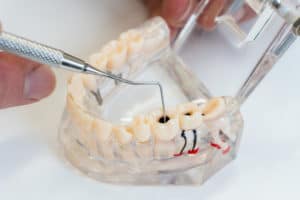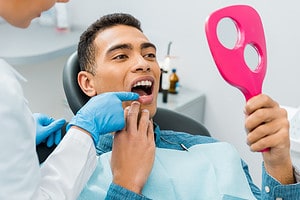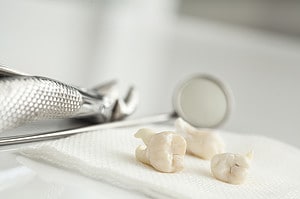Dental x-rays are a common dental procedure that uses radiation to create images of teeth and gums. Though the doses of radiation used in dental x-rays are small, some people are concerned about their safety. This article will explore the risks and benefits of dental x-ray radiation and whether the procedure is safe.
What Are Dental X-Rays?
Dental x-rays, also called dental radiographs, are images of the teeth and jaw produced using a small amount of ionising radiation. Dental x-rays are used to diagnose problems with the teeth and gums, such as cavities, tooth decay, and periodontal disease.
The dental x-ray machine produces radiation that passes through the teeth and into a special film or digital sensor. The film or digital sensor captures the image of the teeth and structures inside the mouth.
Are Dental X-Rays Safe?
Dental x-rays are safe for both children and adults. The amount of radiation exposure from a dental x-ray is small, and the procedure’s benefits generally outweigh the risks.
Dental x-rays use a very low level of ionising radiation. This type of radiation is known to cause DNA damage that can lead to cancer. However, the risk from dental x-rays is very low. The amount of radiation you get from a dental x-ray is about the same as the amount of radiation you’re exposed to from natural sources, such as the sun and cosmic rays.
The risk from dental x-rays depends on the type of x-ray, the number of x-rays taken, and your age. For example, a dental bitewing x-ray (a type of x-ray used to check for cavities) exposes you to about 0.004 mSv of radiation. This is a minimal amount of radiation, and the risk from this procedure is considered to be very low.
In comparison, natural radiation exposure from the sun and cosmic rays is about 0.33 mSv per year. This means that the dental x-ray exposure from a single bitewing x-ray is less than 1.5% of the annual exposure from natural sources.
Dental X-ray tools are meant to emit the lowest level of dental x-ray radiation while still providing a clear image. The dental x-ray machine is constantly monitored to make sure it is operating properly and emitting the correct amount of dental x-ray radiation.
Additionally, dentists follow the ALARA principle (as low as reasonably achievable) to minimise dental x-ray radiation exposure. This means that dental x-rays are only taken when they are necessary and that dental professionals take measures to keep dental x-ray radiation exposure to a minimum.
When Is Dental X-Ray Radiation Not Safe?
There are some situations when dental x-ray radiation is not safe. If you are pregnant or think you may be pregnant, you should let your dental professional know. Dental x-rays are not usually taken during pregnancy because the risk to the developing baby is unknown.
However, if a thyroid collar and leaded apron are used, the dental x-ray radiation exposure to the developing baby is very low and is not considered a risk.
Dental x-rays should also be avoided in people who are allergic to iodine or latex. Dental x-rays use a contrast agent called barium sulphate, which contains iodine. This contrast agent can cause an allergic reaction in people who are allergic to iodine.
Final Thoughts
Dental x-ray radiation is generally considered safe for both children and adults. The amount of radiation exposure from dental x-rays is small, and the benefits of the procedure outweigh the risks. However, dental x-rays should be avoided in pregnant women and people allergic to iodine or latex. If you have any questions, reach out to our dentists in Aspendale with your questions

